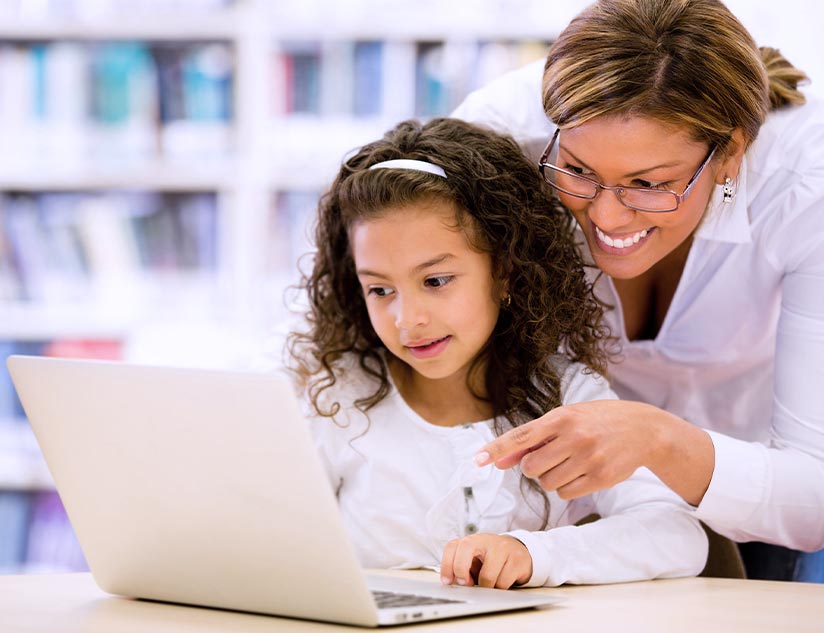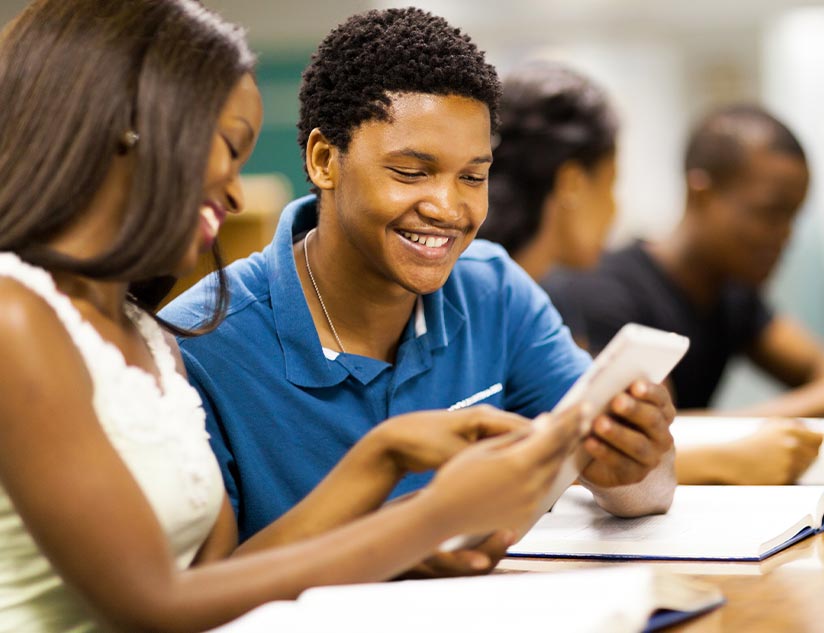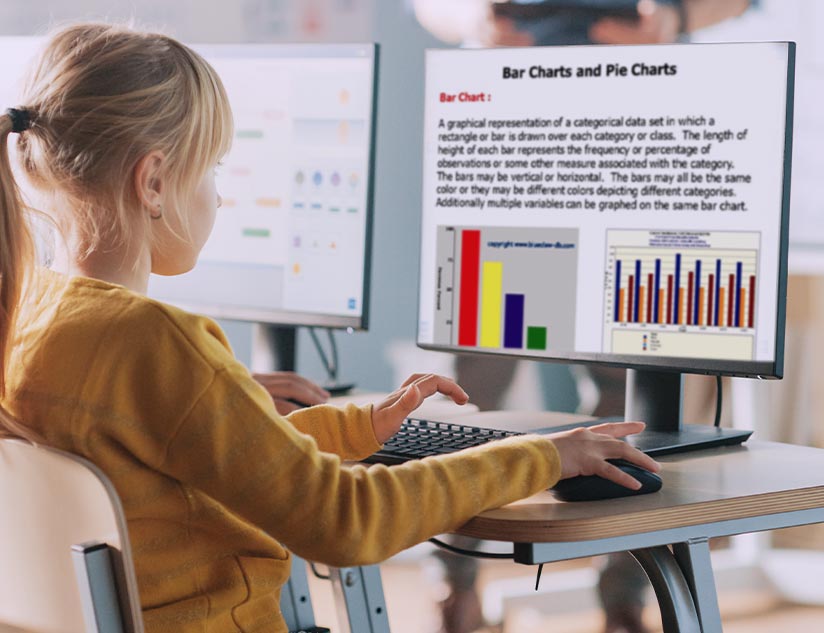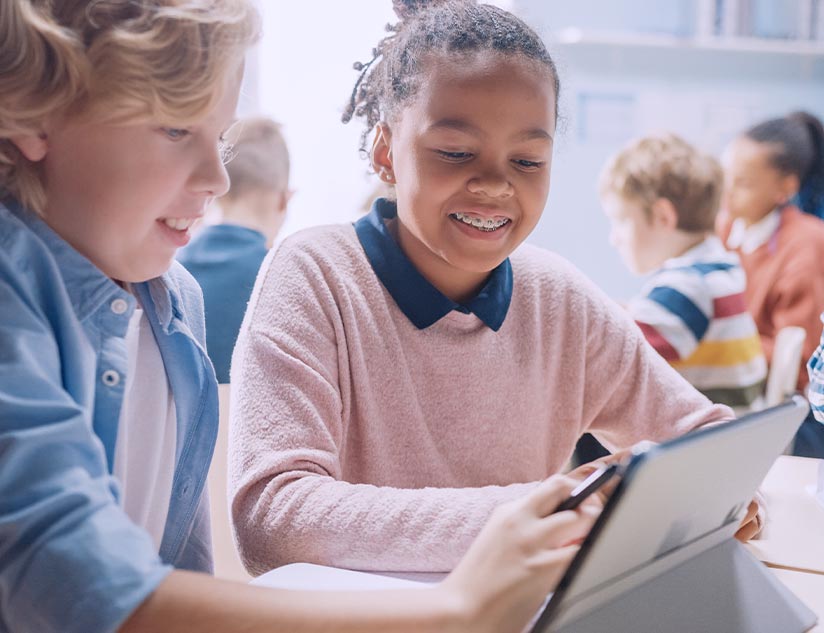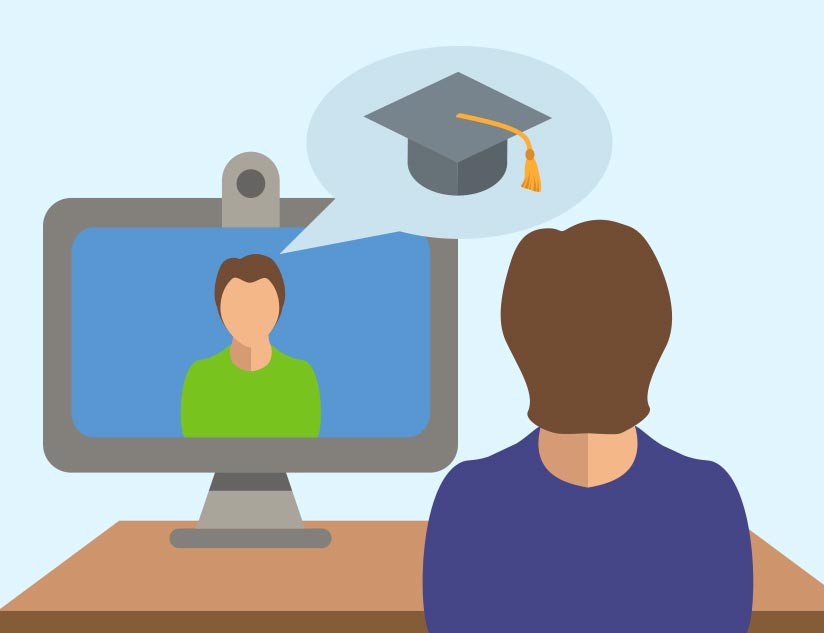It is now evident how the COVID-19 pandemic disrupted the education sector worldwide. Two years on and many countries are still trying to get the learning process back on track. So, learning loss remained a big concern for many geographies. Though the negative impact of the pandemic is quite evident, but, it has also paved the way for new and better learning opportunities.
The rapid spread of the coronavirus pushed millions of students and teachers into virtual classrooms overnight. Although educational institutions may gradually reopen, they have become aware of the benefits of digital learning. More importantly, they have experienced first-hand the benefits of digital learning in achieving goals associated with diversity, equity, and inclusion (DEI) initiatives.
Educational institutions had been focused on addressing educational inequities for years. However, the pandemic, combined with the existing inequities in education, prompted a demand for more effective DEI strategies. Diversity offers multiple educational benefits, including better racial and cultural awareness, improved critical thinking, and higher levels of service to the community. Inclusion efforts provide everyone with the opportunity to have a valued voice, see others like themselves being represented in the curriculum, and realize that they are a part of the larger community.
In addition, ensuring equity allows parity in students’ educational outcomes, irrespective of race, ethnicity, or socioeconomic background. It specifically addresses the marginalization of some racial and ethnic groups in American education. By promoting DEI strategies, educational institutions can deliver on the nation’s promise of equal education for all.
Let’s take a look at the few other crucial developments that occurred during this time and serve as key takeaways for the education sector.
1. Access to the Internet
The pandemic pushed elected officials to accept the fact that citizens need greater access to the internet to function in modern society. A recent survey revealed that 90% of Americans found the internet and its services to be essential during this time. That is why they worked with tech companies, phone companies, and more to determine ways in which every family could have access to the internet. Such initiatives can help students access learning more conveniently and narrow the digital divide between socio-economic groups.
2. Availability of Learning Content
In the traditional learning model, students found it challenging to access learning resources. They also had to wait until they were in class or when teachers were available to resolve doubts. But, the rise of eLearning solutions during the pandemic gave them 24/7 access to learning.
Many school districts adopted digital instructional materials so that all learning content could be put in an easily accessible place for students and their families. With schools shut, the demand for online educational materials increased manifold. It is estimated that the global EdTech investments (including eBooks and other digitally printed documents) and its overall market will grow at a CAGR of 19.9% between 2021 and 2028.
3. Students Taking Charge of Their Own Learning
The remote learning environment re-emphasized that every student is unique and their approach to learning is different. So, they should be allowed to learn at their own pace, with individualized support in challenging areas.
During the pandemic, students took advantage of smartphones, social media, and other digital technologies like AI and machine learning to gain more control over their access to learning. Educators supported these efforts by creating an engaging environment for students by aligning learning with their unique interests, needs, and skills. The increased use of AI solutions, gamification, simulations, and data analytics further helped in personalizing students’ learning experiences.
4. Greater Emphasis on Mental Health & SEL
The pandemic took a huge toll on the physical and mental health of students. It highlighted the importance of addressing social and emotional factors in learning progress. For instance, schools in New York have hired over 600 new clinicians, including psychologists, to monitor students’ mental health and help them adjust to the “new normal” of attending school again.
The government realized the importance of SEL and ensured that it was included in the $123 billion infused into K-12 education via the American Rescue Plan (ARP) Act of 2021. The districts and states were instructed to focus their ARP investments on:
- Evidence-based and culturally-affirming SEL programs and practices
- Enhancing learning opportunities that integrate social, emotional, and academic learning across in-school and out-of-school time.
5. Greater Focus on Special Needs
Remote learning proved to be a boon for students with different learning needs. For instance, students with anxiety appreciated this learning approach since they often felt the social pressures of being surrounded by peers in physical classrooms. It is easier for students with social anxiety or shyness to participate on online learning platforms.
The virtual K-12 schooling model also addressed the educational needs of children with special healthcare concerns. It proved to be a more suitable solution than attending a face-to-face school because they had to frequently miss school owing to illness and/or frequent visits for chronic health management. The virtual learning environment allowed them to perform better since they felt more in control of their education when participating in online learning.
Accessibility was also ensured through captioning, read-aloud, multiple content formats, and more.
6. New Tools to Support Educators
A survey by GBH Education, involving over 1,900 educators in the United States, found that only 66% of educators were extremely confident in using digital media for teaching, following the pandemic-prompted shift to remote learning. This has highlighted the need for an agile professional development strategy.
Tech-enabled professional development encouraged educators to take the advantage of personalized professional learning opportunities to ensure continued student learning throughout the school year. They also gained access to micro-learning opportunities that turned out to be an ideal solution to overcome the barriers to traditional professional development. They were conveniently learning through mini-lessons at their own pace, instead of attending lengthy training.
Similarly, schools also took the initiative to train teachers in facilitating one-on-one and small group interactions synchronously and asynchronously and communicating with students through different digital tools like video conferencing, learning management systems, etc.
Many technologies like MOOCs, course management systems, AI, and adaptive learning platforms have found a place in the assessment process since they helped improve the quality of data and the sophistication of analyses to maximize the usefulness of assessment findings. It not only helped come up with better assessment tools but also provided students with real-time feedback to work on their challenging areas.
The last two years threw up a unique set of challenges but they also presented an opportunity to harness the power of EdTech tools to improve the learning process. Would you like to know how you can build upon the gains achieved during the pandemic?

